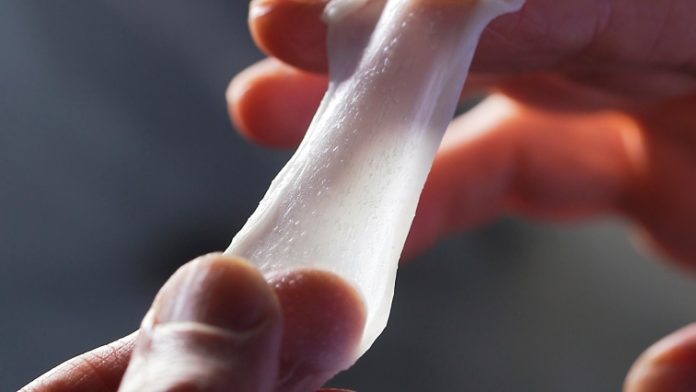To some degree when you complete an operation it’s much similar to assembling something in an industrial facility. You need to have brilliant control and have the capacity to do it as effectively as possible. Those designing standards of process control are essential in surgery.
In the early ’80s, Orgill earned his PhD in mechanical engineering at MIT through the Harvard-MIT Health Sciences and Technology (HST) program. Orgill’s particular course of study within HST was the Medical Engineering and Medical Physics program, which combines a traditional mechanical engineering education with clinical and medical exposure.
As a mechanical engineering student at MIT, it was only natural that Orgill gravitated toward the work of Professor Ioannis Yannas. Using his background in polymer science, Yannas invented the wound.
Orgill now for the first time has shown- how to regenerate both the epidermis and the dermis of the skin. He built up a procedure of imbuing a collagen skin graft — known as a scaffold — with healthy cells to advance recovery.
This initially requires the gathering of a sound bit of tissue somewhere else on the patient’s body. In the wake of being blended in a fluid arrangement, the cells are then put in a rotator alongside the collagen scaffold. The radial power helps uniformly disseminate the cells inside the scaffold.
At the point when connected to the injury, the cell-injected scaffold was found to advance mending far and away superior to the first framework Yannas and Burke had utilized. As opposed to simply recovering the internal layer of the skin known as the dermis, these new cell-seeded collagen scaffolds advanced recovery of the external epidermis layer of skin in the meantime.
“My group has been conducting research on how mechanical forces are helping wounds to heal. The concept of combining cells with the scaffold and adding mechanical forces is going to be a powerful way to move forward with skin regeneration,” said Orgill.
“During my PhD program, I took various classes in subjects like finite element modeling and heat and mass transfer. These principles are incredibly important when looking at thermal burns and cooling devices.”
“Orgill says examining medical problems through an engineer’s lens has made him a better surgeon. I think people will recognize that medicine is going to be better if we have more engineering incorporated into it as a way of thinking.”
